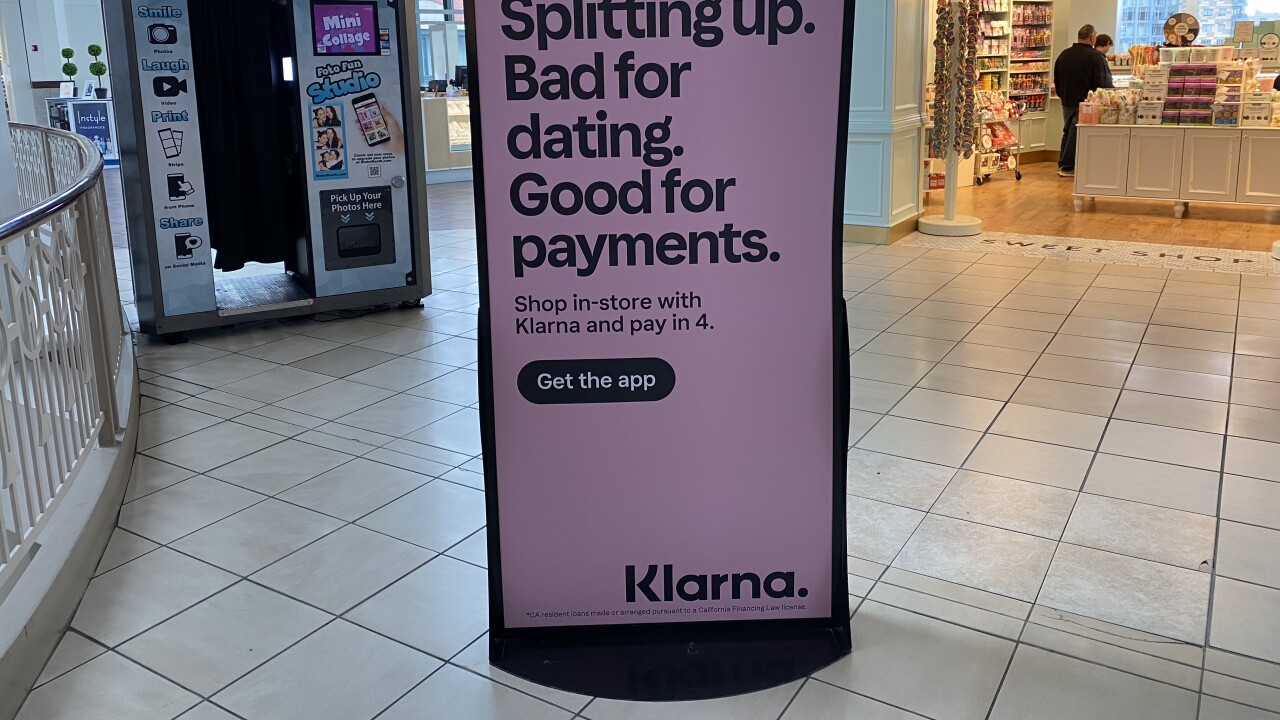Editor’s Note: This
It seems like almost weekly I’m hearing something about a new challenger or digital-only bank brand. The velocity of news is substantial, but despite years of hype, it seems this class of institution is still largely treading water.
It reminds me of
The paradox was originally posed as a question by the physicist Enrico Fermi about the apparent contradiction between the probability of other forms of intelligent life in the universe and the complete lack of evidence to support it. With so many supposed Earth-like planets, why haven’t we been able to find success stories?
One of the proposed theories is the idea of a

In the universe of banking there is plenty of “new life,” specifically challenger banks looking to compete with traditional institutions (I won’t compare them to advanced species). Despite major fanfare within the industry, however, these challengers have largely struggled to adapt and grow. Like life in the universe, could there be a “great filter” keeping these new entrants from flourishing? I would say there are a few contenders for the factors that stand in the way.
Technology
What old technology lacks in flexibility it makes up for in stability. It seems that for emerging providers, what’s made up for in flexibility is lost in stability. Simple, for example, has had its share of technical issues over the past couple of years. In late 2014, a systems upgrade led to a
Similarly, Monzo (formerly Mondo) out of the U.K. had
Traditional financial institutions have long known that trust is an asset, whether it’s trust to keep money safe or trust to keep data secure. Technology has been built around establishing reliability. Challenger banks and neobanks may be opening themselves up to risks associated with applying concepts of agility to the complexities of banking, and this may be a strong enough filter to slow progress.
Revenue
In addition to trying to provide an amazing customer experience, almost all challenger banks share the same commitment to fee transparency. In recent years, many traditional banks have used fee income to supplant lower-than-usual net interest margins. Fees have been (often rightly) perceived as punitive and opaque.
Challenger banks’ quest for fee relief is admirable, but ultimately emerging challengers need to make money to fuel new investments. For some that’s been an issue. The neobank Moven, after struggling to find a significant core audience in the U.S. or overseas, decided to pivot and start selling its underlying front-end technology to traditional banks,
Challenger banks are fully committed to reimagining financial services, but many haven’t yet reimagined the business model. Banks that are furthest along are the likes of Knab in the Netherlands and Fidor Bank in Germany (acquired by France’s BPCE Group), which have implemented subscription-based pricing for consumers. Similar to Netflix or Pandora, the idea is that consumers will pay for value. What’s clear, however, is that the complexities of financial services require a scale of investment that presents a bigger barrier to entry than for other platform-based offerings (i.e. movies and music). If consumers are paying for value, then the question is whether a challenger can persuade consumers that they’re receiving enough value to validate a subscription before it begins to hurt its financial viability.
Acquisition
When confronted with barriers to organic growth, some challengers have found it easier to be acquired. When
The question is: Do challenger banks need traditional institutions? Well, they certainly need trust, customers and data. With the pressure to grow and invest in innovation, it’s obvious that the financial incentives of joining a large organization can be attractive.
Challenger institutions have been an important part of the banking ecosystem. Most notably, they have moved the ball forward on what “good” looks like throughout the industry, better assimilating modern concepts of UX and UI design into their front ends. At the more extreme end, however, these challengers were heralded as the white knights that would save consumers from pernicious traditional institutions with outdated technology. So far that hasn’t been the case.
Based on the explanation of Fermi’s Paradox, a challenger bank (just like a sustainable civilization) is left with three possibilities, depending on where the Great Filter occurs: rare, first or in trouble. Rare is the challenger that’s made it through the Great Filter. First is the challenger within a pack of new institutions which has grown because of conditions that have only recently become favorable. In trouble is the challenger that hasn’t yet reached the Great Filter.
There’s plenty of life in the banking universe, but it remains to be seen who will make first contact.





